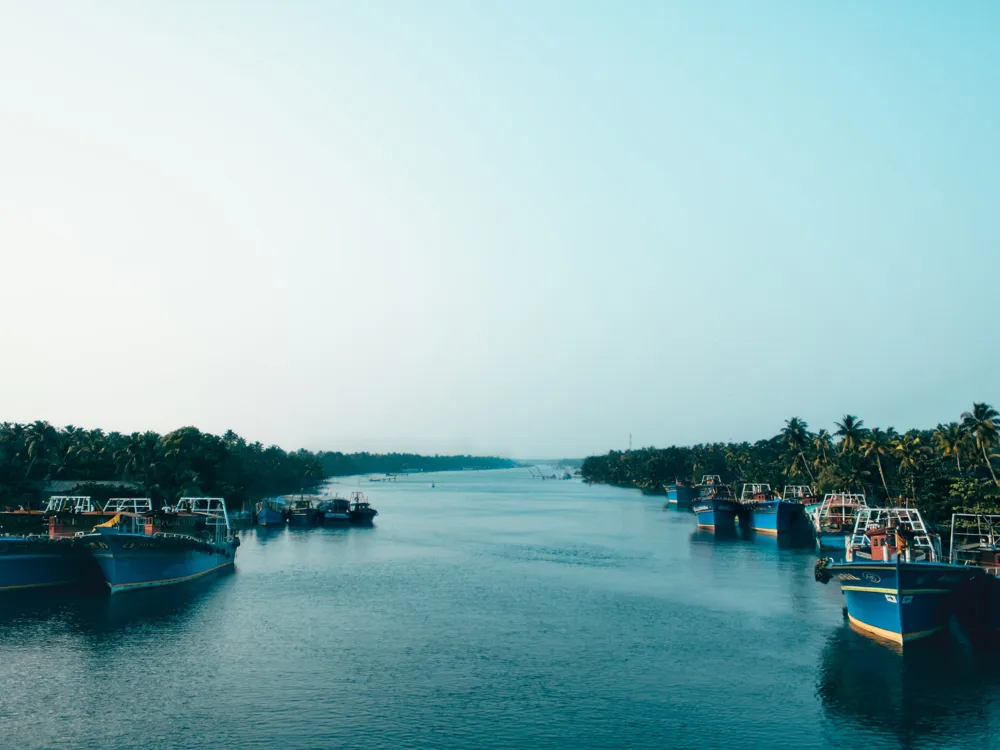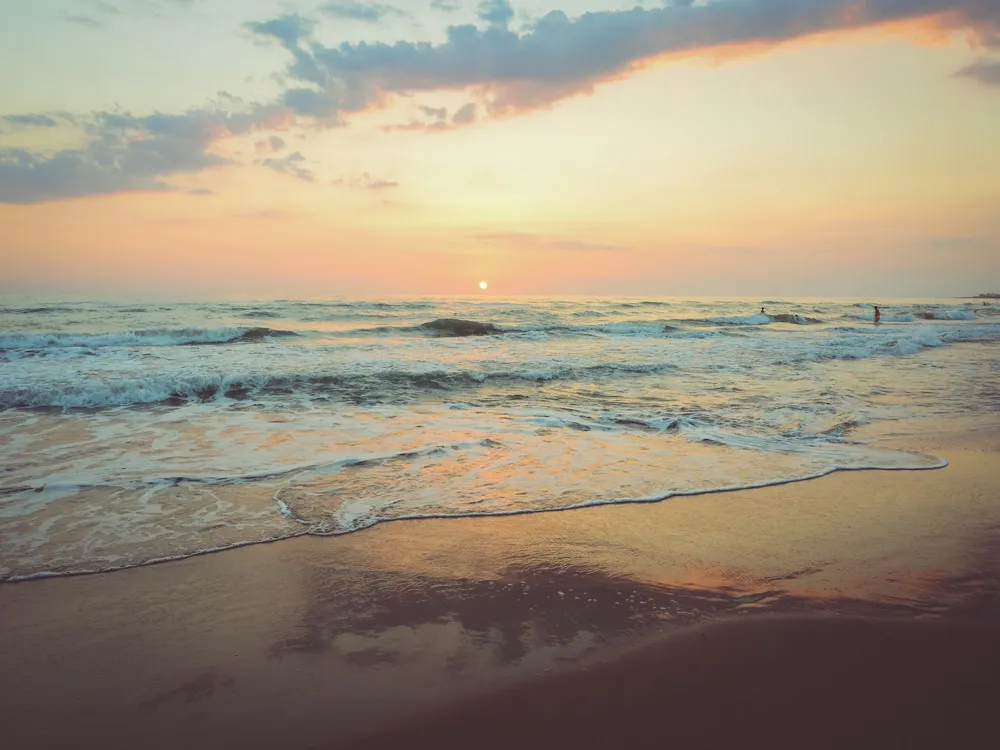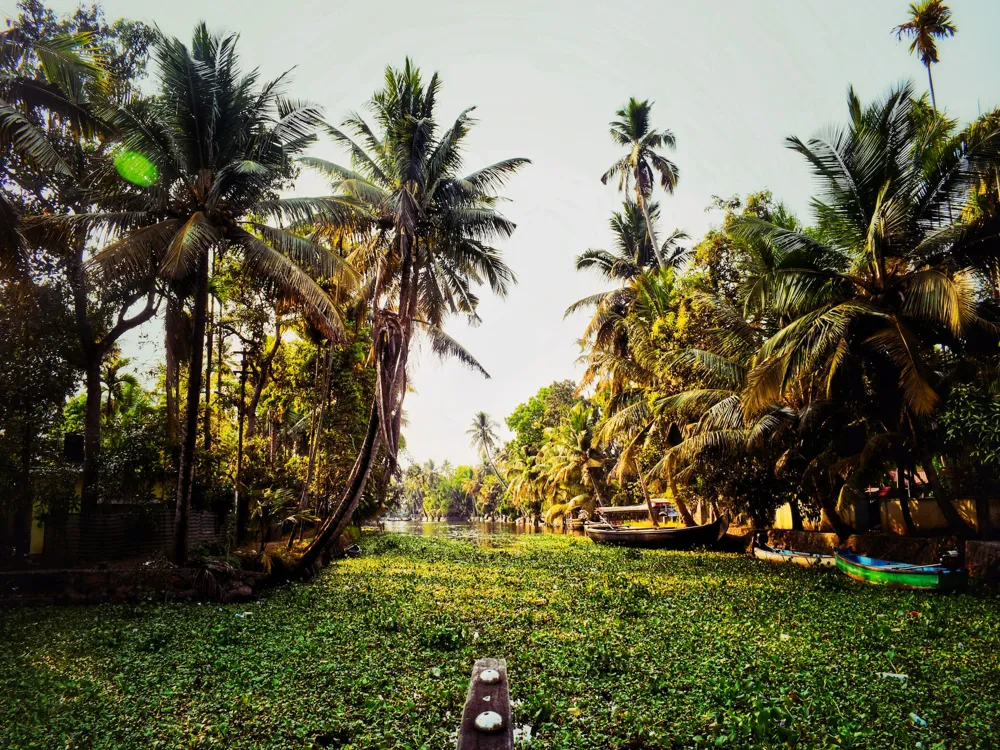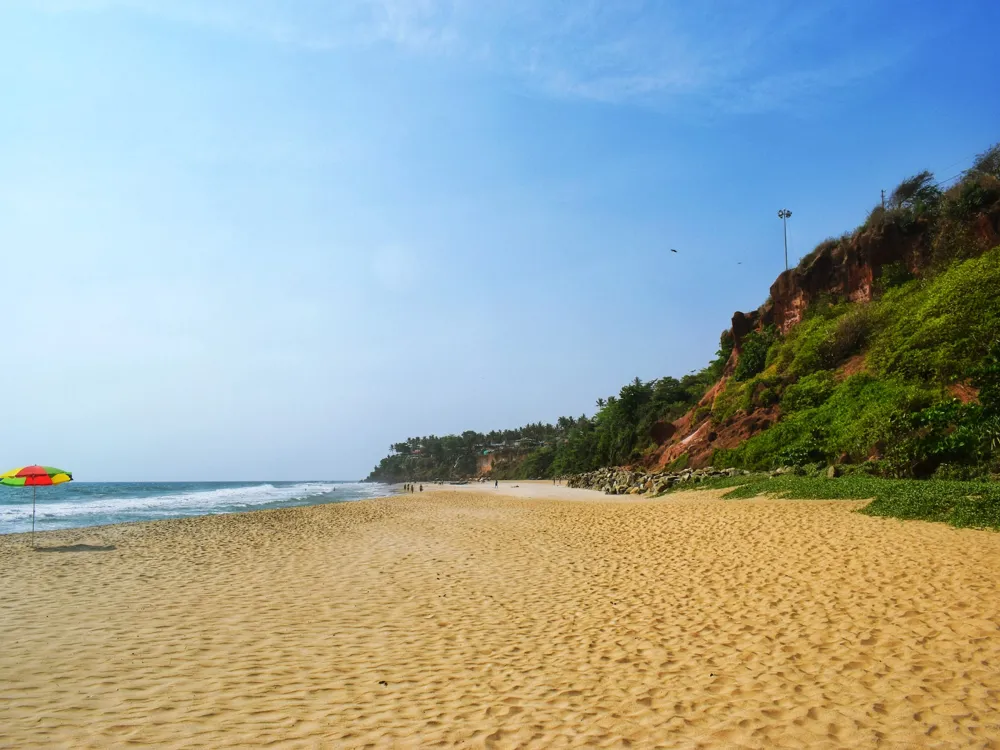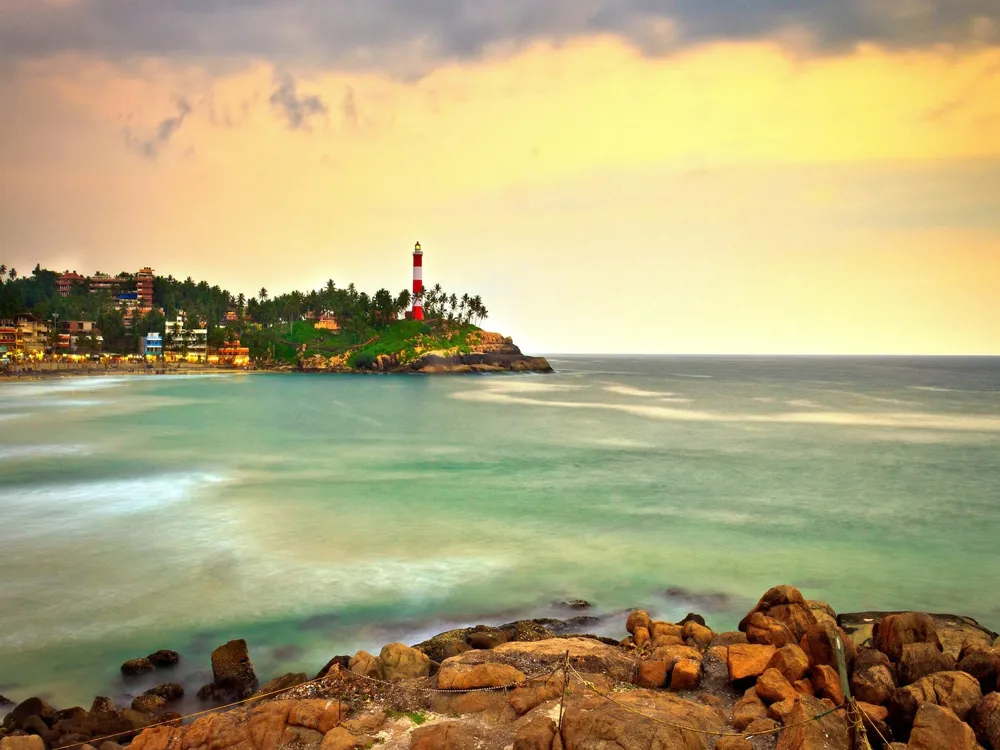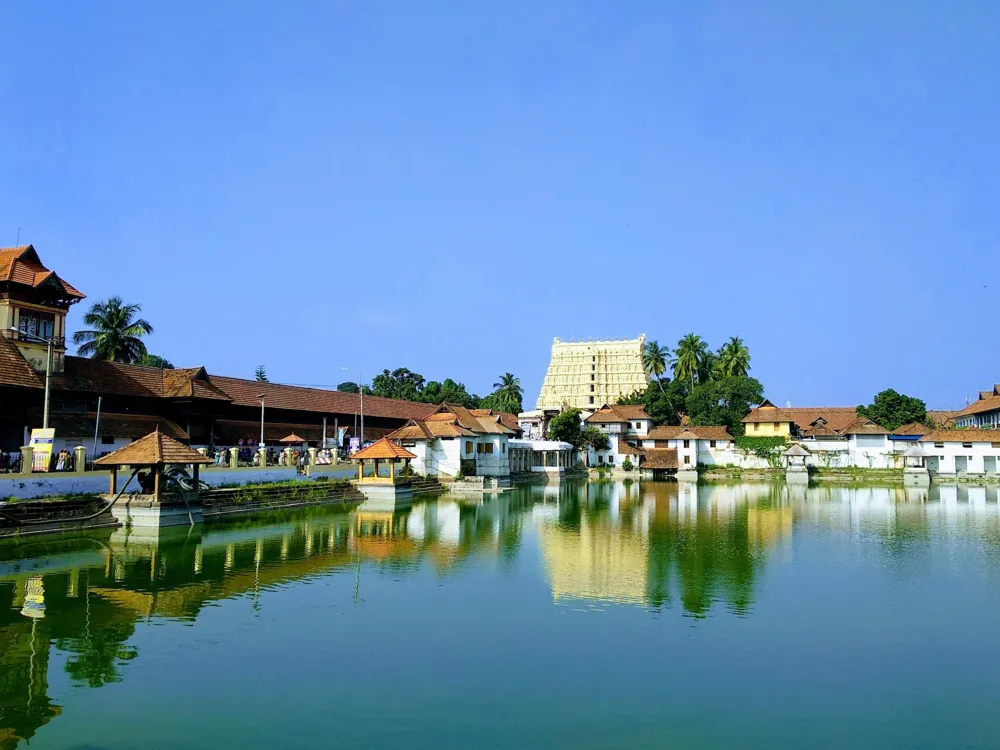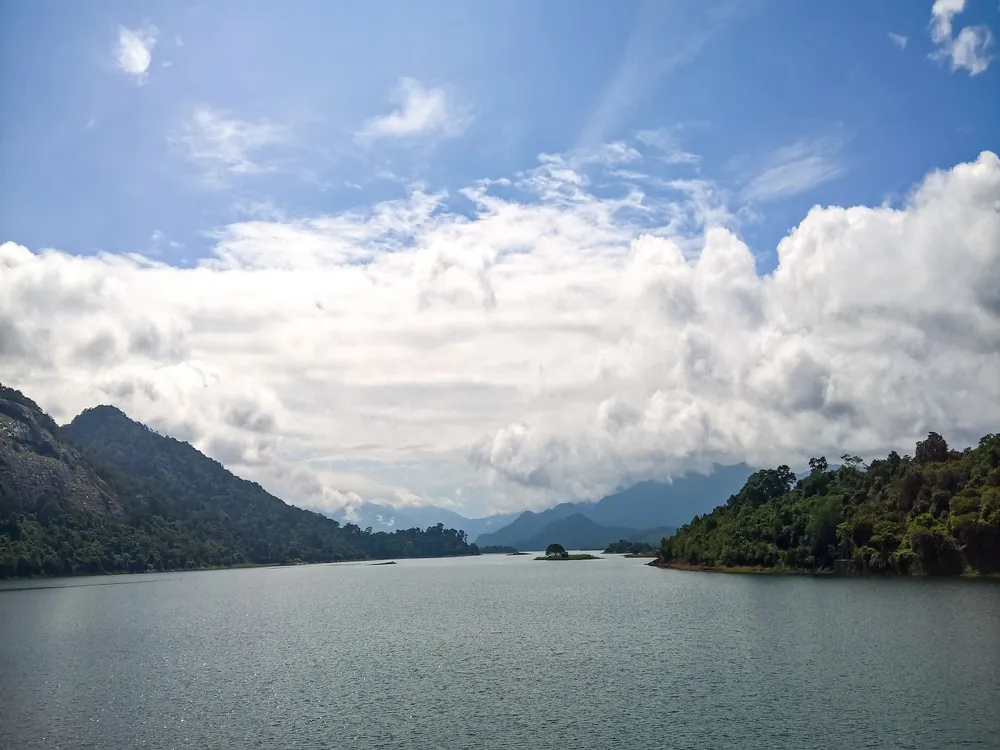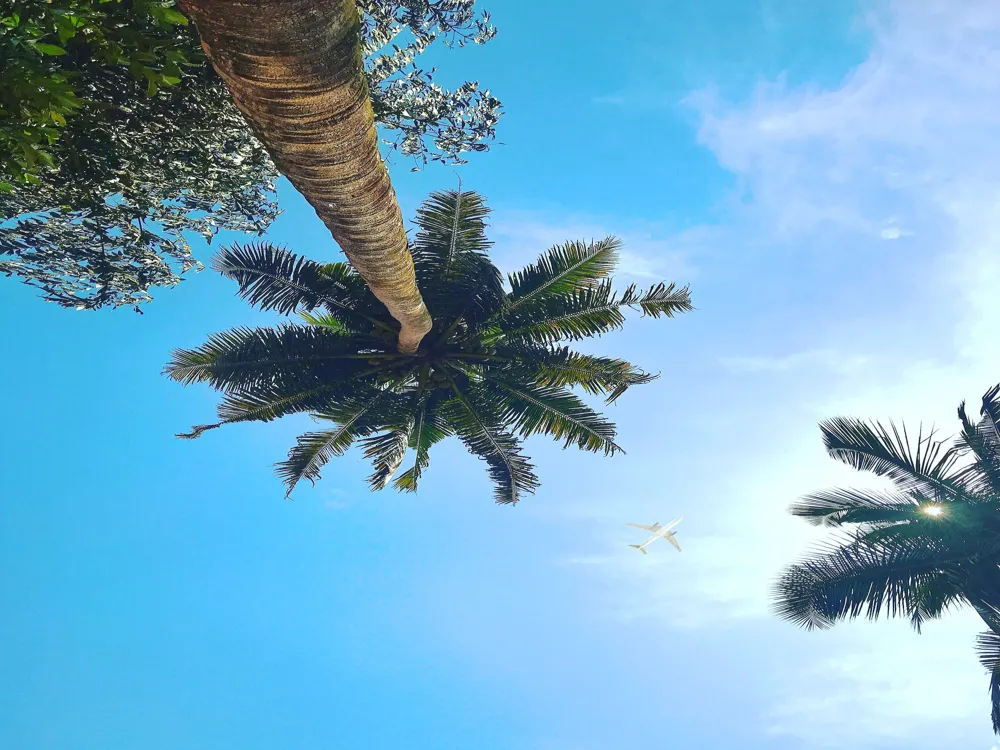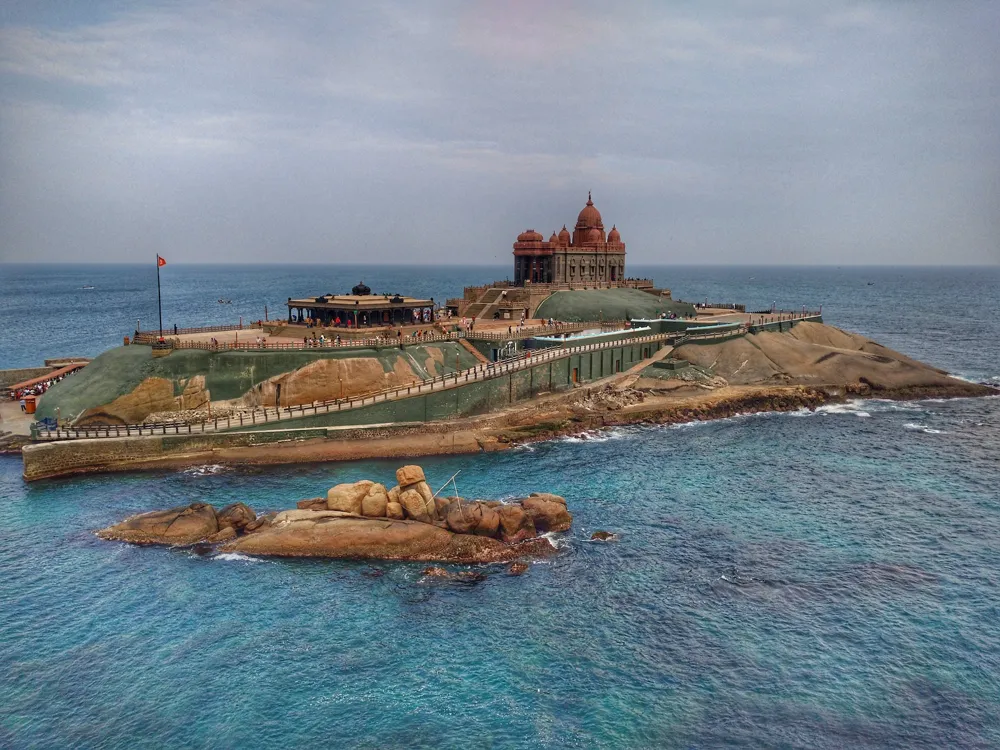Kollam Beach, located in the heart of Kerala, India, is a serene destination that offers a harmonious blend of natural beauty and cultural richness. Renowned for its pristine sandy shores, the beach is a perfect getaway for those seeking tranquility and an immersive experience in nature. The beach's history is deeply intertwined with Kerala's coastal heritage, making it a significant landmark not just for leisure but also for its historical and cultural significance. Kollam, formerly known as Quilon, is an ancient port city and boasts a vibrant history dating back to the Roman and Phoenician times. This rich history is reflected in every aspect of Kollam Beach, from its architectural marvels to the local customs and traditions. The beach itself is a picturesque setting, with golden sands meeting the azure waters of the Arabian Sea, fringed by swaying coconut palms and lush greenery. It's not just a scenic retreat but also a hub for various aquatic activities, providing something for every kind of traveler. The architecture surrounding Kollam Beach is a testament to the region's rich history and cultural diversity. The area is dotted with ancient temples, historic buildings, and modern structures, each telling a story of Kollam's past and present. One of the architectural highlights near Kollam Beach is the Thangassery Light House, built in the 1900s. This historic lighthouse, standing tall at 144 feet, offers a panoramic view of the beach and the Arabian Sea. It's an iconic symbol of Kollam's maritime legacy. Apart from the lighthouse, the beachfront is adorned with several other historical structures. The remnants of the Portuguese and Dutch forts provide a glimpse into the colonial era. These forts, though in ruins, still stand proudly, narrating tales of the past. The traditional Kerala-style architecture is also evident in the local houses and buildings, characterized by steeply pitched roofs, overhanging eaves, and intricate woodwork. The blend of colonial and indigenous architectural styles creates a unique landscape that is both captivating and culturally significant. The ideal time to visit Kollam Beach is between October and March. During these months, the weather is pleasant, with minimal rainfall, making it perfect for beach activities and sightseeing. Light, comfortable clothing is recommended due to the tropical climate. Don’t forget to bring a hat, sunglasses, and sunscreen to protect yourself from the sun. Always adhere to lifeguard instructions and safety signs. Be cautious while swimming and avoid venturing too deep, as currents can be strong. Explore the local cuisine, which is rich in seafood and coconut-based dishes. Trying out traditional Kerala meals served on banana leaves is a must. Respect local customs and traditions. Dress modestly while visiting religious sites and always ask for permission before taking photographs of local people. Kollam Beach is easily accessible by various modes of transportation. The nearest airport is Trivandrum International Airport, located about 70 km away. From the airport, one can hire taxis or take buses to reach Kollam. For those preferring rail, Kollam Junction is one of the major railway stations in Kerala, connecting the city with various parts of India. The beach is just a short drive from the railway station. Additionally, Kollam is well-connected by road with neighboring cities and states, making it convenient for visitors to travel by bus or car. Read More:Overview of Kollam Beach, Kerala
Architecture of Kollam Beach
Tips When Visiting Kollam Beach
Best Time to Visit
What to Wear
Safety Precautions
Local Cuisine
Respecting Local Culture
How To Reach Kollam Beach
Kollam Beach
Kollam
Kerala
₹ 20,300 onwards
View kollam Packages
Weather :
Tags : Beach
Time Required : 1-2 hours
Planning a Trip? Ask Your Question
Kollam Travel Packages
View All Packages For Kollam
Top Hotel Collections for Kollam

Private Pool

Luxury Hotels

5-Star Hotels

Pet Friendly
Top Hotels Near Kollam
Other Top Ranking Places In Kollam
View All Places To Visit In kollam
View kollam Packages
Weather :
Tags : Beach
Time Required : 1-2 hours
Planning a Trip? Ask Your Question
Kollam Travel Packages
View All Packages For Kollam
Top Hotel Collections for Kollam

Private Pool

Luxury Hotels

5-Star Hotels

Pet Friendly








